The Development History of Pudding Desserts: A Sweet Journey Through Time
Pudding desserts, loved and savored by many, have a rich and fascinating history that spans centuries.
From their humble beginnings as savory dishes to the delightful sweet treats we enjoy today, the evolution of pudding is a testament to culinary ingenuity and cultural exchange.
Let's embark on a journey through time to explore the key milestones that have shaped the pudding desserts we know and love.
Ancient Beginnings: Savory Origins
The story of pudding begins in Ancient Rome and Greece, where the earliest versions were far from the sweet confections we enjoy today. These ancient puddings were savory, crafted using a combination of meats, grains, and spices.
They were often served as hearty meals, reflecting the culinary practices and dietary needs of the time.
For instance, these early puddings were frequently made with ingredients such as liver, fat, and blood, creating dishes that were nourishing and calorie-dense, essential for sustenance in a time when food preservation techniques were limited.
They were often prepared in animal stomachs or intestines, not unlike modern-day sausages or haggis, and were enjoyed by both the wealthy and the common people.
The consistency and flavor profiles of these puddings would have varied widely, depending on available ingredients and regional preferences.
These early culinary creations highlight the ingenuity of ancient cooks in making the most of their resources, offering a fascinating glimpse into the diverse and practical nature of ancient cuisine.

Middle Ages: The Dawn of Sweet Puddings
The Middle Ages marked a pivotal period in the evolution of puddings. As trade routes expanded and new ingredients became available, sweet puddings began to emerge, transforming the culinary landscape.
Cooks started incorporating breadcrumbs, suet, and various fruits such as currants, raisins, and dried plums into their recipes, creating dishes that were rich in flavor and texture.
These ingredients not only added sweetness but also varied the nutritional content of the puddings.
These early sweet puddings were often boiled or steamed, resulting in dense, moist treats that were enjoyed during festive occasions and celebrations, such as Christmas and harvest festivals.
The preparation of these dishes was an elaborate process, often involving hours of cooking and the precise layering of ingredients.
This meticulous method ensured that each pudding had a unique taste and texture, making it a highly anticipated component of the feast. Over time, these puddings evolved, laying the foundation for many of the classic dessert recipes we enjoy today.
17th Century: The Creamy Transformation
The 17th century brought significant advancements in pudding making. It was during this time that eggs and cream were introduced into pudding recipes, leading to a remarkable transformation in both texture and taste.
These ingredients gave rise to the creamy, custard-like consistency that we now associate with modern puddings. Prior to this, puddings were often more solid and less refined.
This period also saw the refinement of flavors and techniques.
Cooks experimented with various sweeteners, spices, and flavorings, such as nutmeg, cinnamon, and vanilla, which began to be imported from distant lands. Such additions enhanced the complexity and appeal of the desserts.
Baking methods also evolved, with the use of ovens becoming more widespread, allowing for more consistent and delicate results.
These advancements paved the way for the delicate and delectable desserts we cherish today. The 17th century truly was a pivotal era in the evolution of pudding, setting the foundation for the beloved sweet treats that continue to delight our palates.
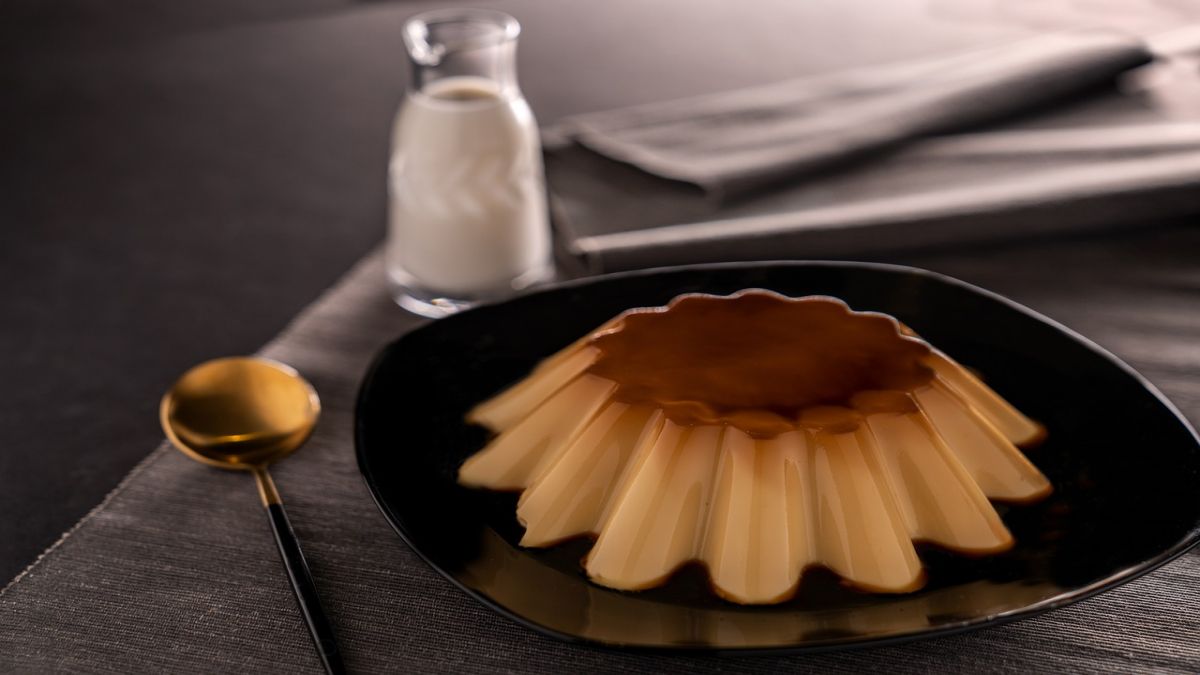
Industrial Revolution: Mass Production and Accessibility
The Industrial Revolution in the 18th and 19th centuries revolutionized the production and accessibility of puddings.
Advances in food processing and preservation allowed puddings to be mass-produced, making them more widely available to the general population.
During this time, factories began to emerge that could produce large quantities of food quickly and efficiently, significantly lowering costs and making previously luxury items more affordable.
This era also saw the invention of molds and steam-cooking methods, which enabled the creation of visually appealing and consistently textured puddings.
Additionally, the development of efficient transportation networks like railways meant that these mass-produced goods could reach a wider audience than ever before.
The increased availability of ingredients such as sugar, which was becoming cheaper through improved cultivation and processing methods, and refined flour further contributed to the popularity of sweet puddings.
The combination of these technological advancements and improved distribution systems transformed puddings from a rare treat to a common delight enjoyed by many.
20th Century: Flavor Diversification and Instant Puddings
The 20th century ushered in an era of remarkable innovation and diversification in the world of puddings.
During this time, a myriad of flavors emerged, ranging from the timeless classics like vanilla and chocolate to more exotic varieties such as butterscotch, pistachio, and even tropical fruit blends.
The culinary landscape was transformed by these new tastes, appealing to a broader spectrum of palates and enabling more adventurous experiences in dessert making.
The introduction of instant puddings in the mid-20th century revolutionized home cooking, making it more convenient than ever to prepare these delightful desserts.
With just a few simple steps—typically involving mixing powder with milk and chilling—the average household could savor a creamy, delicious treat in mere minutes.
This innovation made it possible for even the busiest individuals to enjoy homemade pudding without the need for extensive culinary skills or time.
Moreover, this era saw the rise of boxed pudding mixes, which quickly became a staple in many households. These mixes offered consistency and ease, ensuring that anyone could achieve perfect results every time.
The packaging often included creative serving suggestions, inspiring people to experiment with toppings and combinations such as whipped cream, fruit compotes, and even crumbled cookies.
These additions further enhanced the pudding experience, turning a simple dessert into a versatile and customizable delight.
As the century progressed, puddings continued to evolve, with new ingredients and techniques constantly being introduced.
This period of innovation not only expanded the variety of flavors available but also cemented pudding's place as a beloved dessert in many cultures around the world.
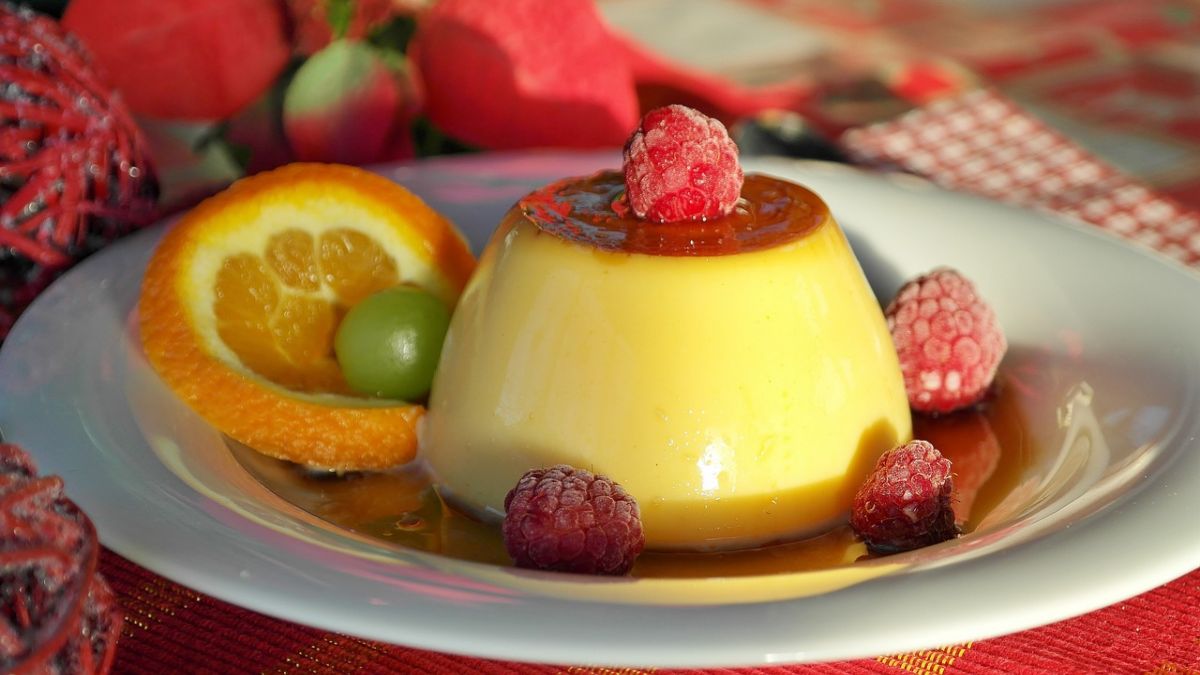
A Legacy of Sweetness
Today, pudding desserts continue to captivate the hearts and taste buds of people around the world.
Whether enjoyed as a comforting homemade dessert or a sophisticated restaurant creation, the enduring appeal of pudding lies in its rich history and delightful flavors.
From its savory origins in ancient civilizations to the diverse and convenient options available today, pudding has truly stood the test of time.
As we savor each spoonful of this beloved dessert, let's take a moment to appreciate the journey it has undergone.
The development history of pudding desserts is a testament to culinary creativity, cultural influences, and the ever-evolving nature of our taste preferences.
So, the next time you indulge in a creamy bowl of pudding, remember the centuries of innovation and passion that have brought this sweet delight to your table.
Enjoy every bite, pudding lovers and dessert enthusiasts! The history of pudding is as rich and layered as the flavors it presents.
OTHER NEWS
-
- Delicious but Unhealthy: Five of the Unhealthiest Fast Foods
- By Prodosh Kundu 19 Aug,2024

-
- The History of Salads—And Must-Try Recipes
- By Prodosh Kundu 02 Sep,2024
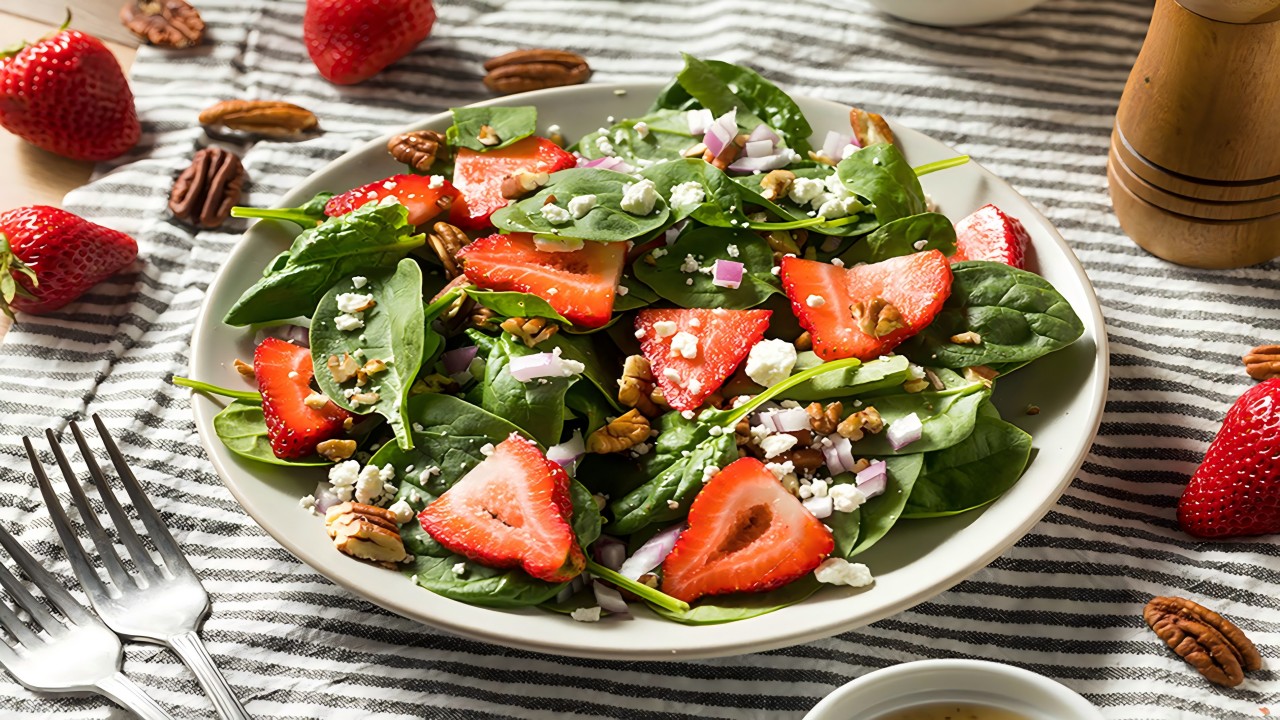
-
- A Taste of Greece: Exploring the Flavors of Mediterranean
- By Roha Tariq 22 May,2024

-
- The Development History of Pudding Desserts: A Sweet Journey Through Time
- By Molly Joshi 21 May,2024

-
- American Cuisine: A Journey Through Regional Delicacies
- By Roha Tariq 22 May,2024

-
- Five Things You Must Know About the Mediterranean Diet
- By Prodosh Kundu 08 Jul,2024

-
- The History of Tacos—And Must-Try Recipes
- By Prodosh Kundu 03 Sep,2024

-
- The scrumptious Christmas
- By Taruna Agarwal 17 May,2024

-
- The History of Waffles: And Must-Try Recipes
- By Prodosh Kundu 03 Sep,2024
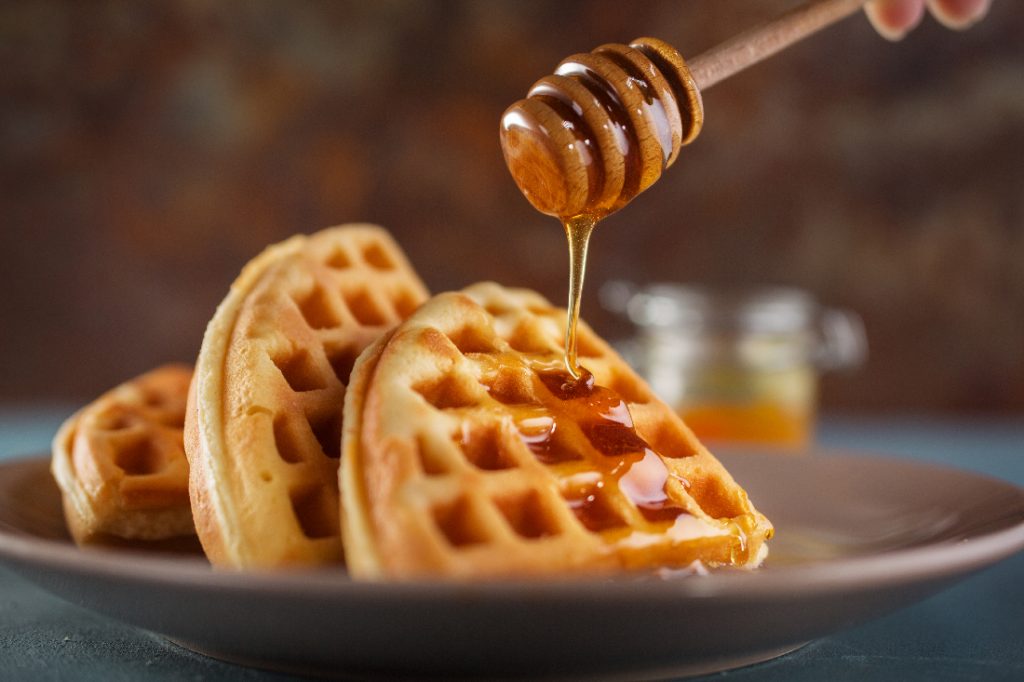
-
- The Carrot Cake: America’s Wholesome Dessert
- By Roha Tariq 17 May,2024
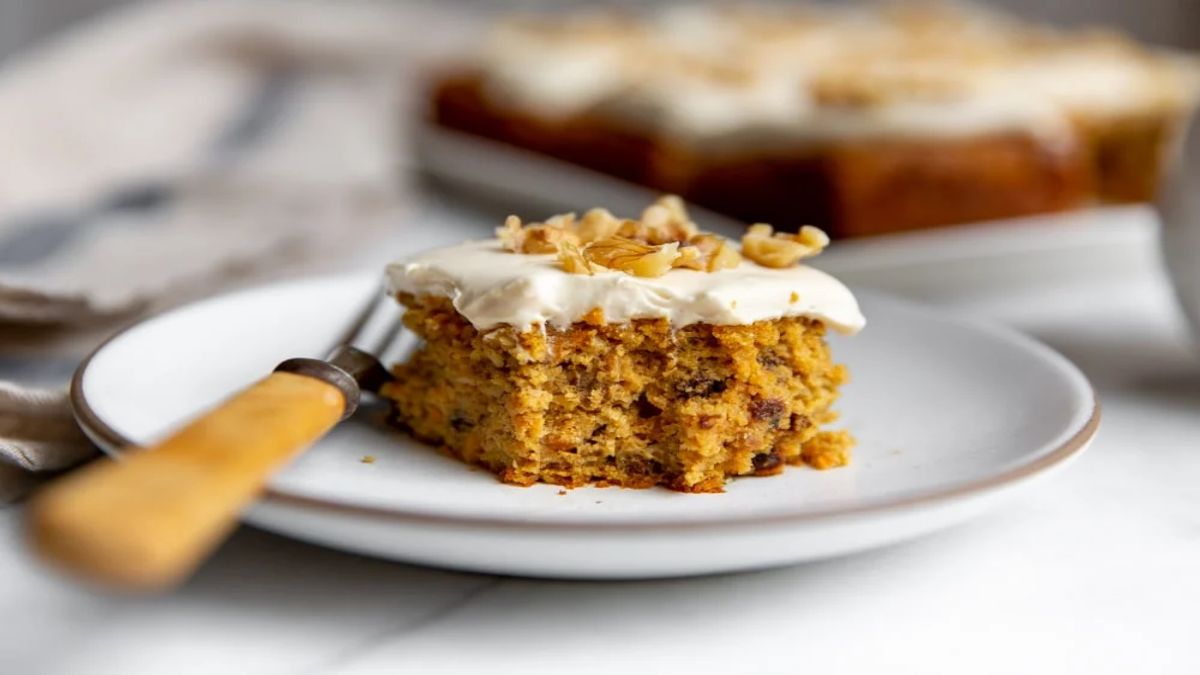
-
- The Delicious Evolution of Cheese Desserts: A Historical Journey
- By Molly Joshi 21 May,2024
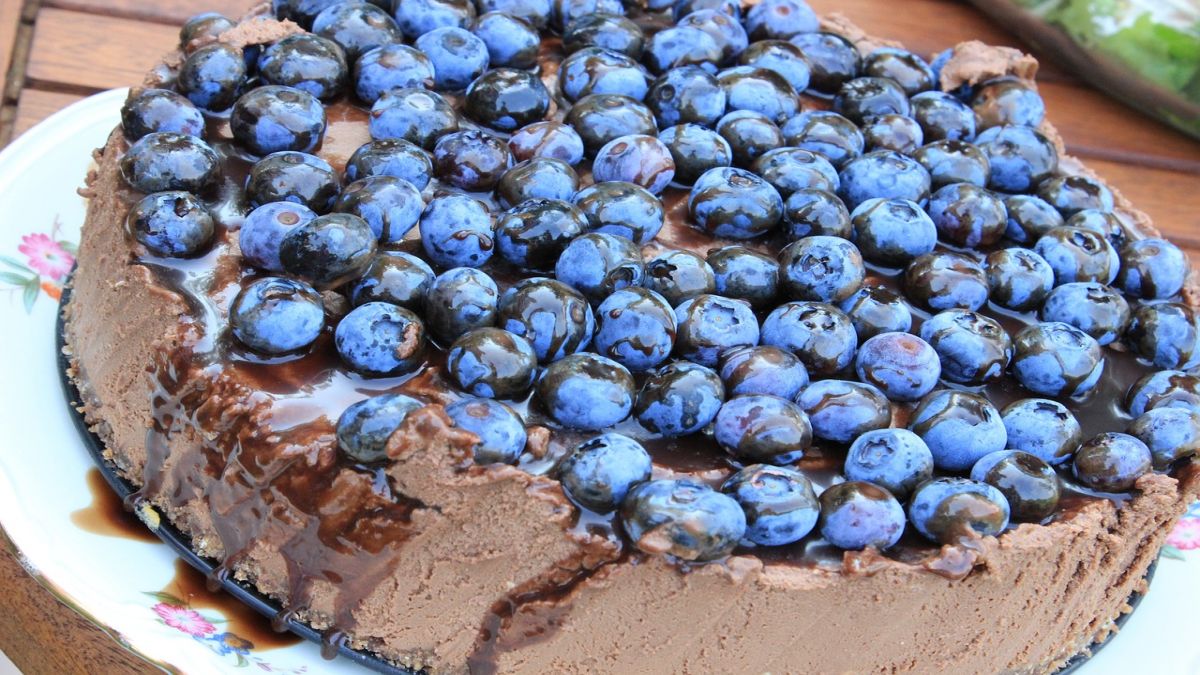
-
- British cuisine: From Fish and Chip to Afternoon Tea
- By Roha Tariq 22 May,2024

 1
1 1
1